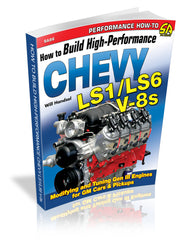By Richard Holdener
Test 1: 5.3L Truck: NA vs. With Vortech Supercharger
By far the best way to make a small engine feel like a big engine is with forced induction. Nothing else provides the power gains offered by a few extra pounds of boost. When you start talking about truck engines, bigger is obviously better. Fill the cab full of friends and the bed full of gravel, lumber, or even sand toys and you’ve got one heavy son of a gun. While the stock 5.3L engine may have been adequate for moving the empty truck around, it will surely struggle with the extra cargo. Now toss in a trailer and a steep grade—it seems like you encounter at least one on every trip—and your zippy little 5.3L truck engine now feels like it’s lost a couple of cylinders. Oh sure, you can install a cold-air intake and a free-flowing exhaust system that might net you a few extra horsepower, but what you really need is the substantial gain in power that only forced induction can provide.
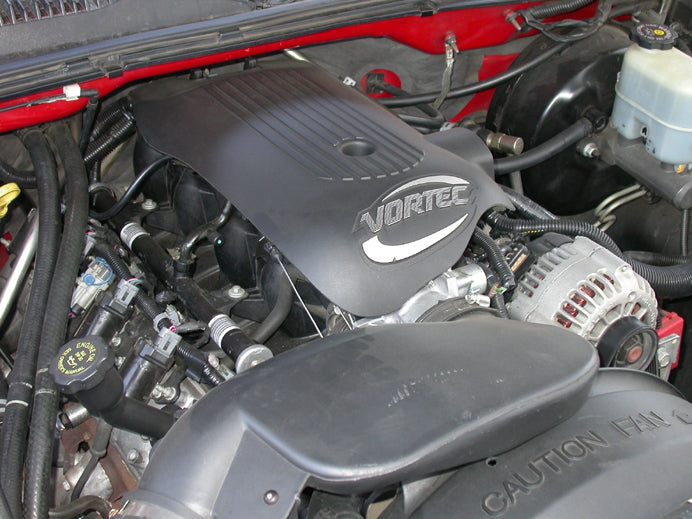
For this test, we’re adding a Vortech centrifugal supercharger kit onto a stock Chevy 5.3L Gen III engine. Centrifugal superchargers offer impressive efficiency, which helps maximize the horsepower gains per pound of boost. The Vortech kit also included an air-to-water intercooler and the necessary heat exchanger to help keep intake charge temps down.
While Dynojet chassis dynos have given us with a way to accurately assess our engine combinations, the reality is that there is much more to a supercharger system than pure numbers. If you’re looking to maximize the power output of your truck engine, then you are definitely using it for a different purpose than the factory intended. While having a 600-hp truck engine might impress your friends, chances are that it will not provide the years of trouble-free service offered by the factory combination. The increased output numbers are only one of the considerations when adding a blower to your truck. Other considerations might include cost, ease of installation, tuning, the warranty, and customer service. Having a trick blower kit is worthless if you can’t get in touch with someone should a problem arise. How about the quality of the components, the fitment and overall finished product? Does it look like it was installed by the factory or is it simply an add-on? Weigh all of these considerations when purchasing a supercharger kit for your car or truck.
Vortech Engineering has made a name for itself by providing not only impressive, well-designed products, but also by backing them up with quality customer service. This test involved one of their supercharger kits for the 5.3L truck engine. The Vortech kit included a V2 SQ supercharger feeding an air-to-water cooler designed to remove the unwanted inlet-charge temps associated with supercharging. It is important to note that this test was performed on a Mustang chassis dyno and as such, the numbers are considerably lower than those achieved on a DynoJet. Tested in naturally aspirated trim, the 5.3L truck engine produced 200 hp and 219 ft-lbs of torque. After adding the supercharger at 5 to 6 psi, the power output jumped to 277 hp and 283 ft-lbs of torque. Taken as a percentage, the Vortech kit improved the horsepower output by 39 percent and the peak torque by 30 percent. As expected of a centrifugal supercharger, the power gains increased with engine speed.
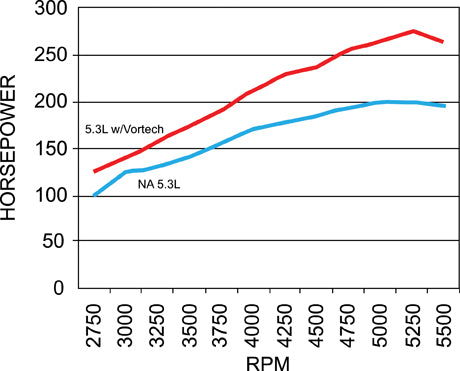
NA 5.3L: 200 hp @ 5,200 rpm
5.3L W/Vortech: 277 hp @ 5,300 rpm
Largest Gains: 75 hp @ 5,200 rpm
Testing on the Mustang Chassis dyno shows much smaller numbers than either the engine dyno or DynoJet chassis dyno. The 5.3L truck produced 200 wheel hp in naturally aspirated trim, but jumped to nearly 280 wheel hp with the blower. Viewed as a percentage, the Vortech supercharger kit improved the power output by nearly 40 percent at just 7 psi. Given the conservative tune of the kit—rich and not much timing at the top of the rev range—we know even more power was available at this same boost level with a custom dyno tune.
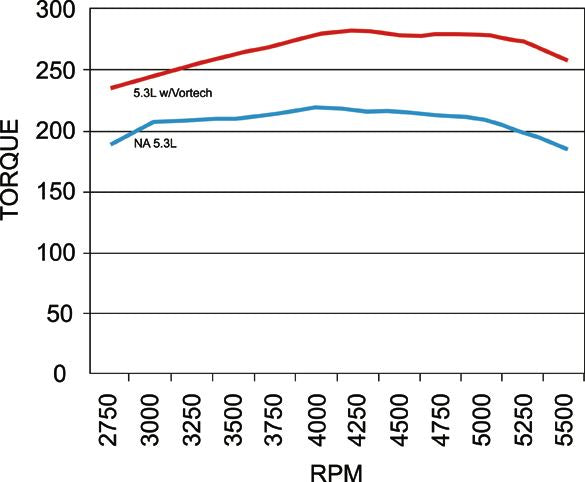
NA 5.3L: 219 ft-lbs @ 4,000 rpm
5.3L W/Vortech: 283 ft-lbs @ 4,200 rpm
Largest Gains: 77 ft-lbs 5,000 rpm
The Vortech supercharger offered a sizable torque gain through the entire rev range. Given the increasing boost curve (boost rises according to RPM), it was not surprising to see the torque gains increase with engine speed.
Find more Tech Tips like this in the book: HOW TO BUILD HIGH-PERFORMANCE LS1/LS6 V-8S
Learn everything you need to know about LS1/LS6 V-8S by getting your copy here!
SHARE THIS ARTICLE: Please feel free to share this article on Facebook, in forums, or with any clubs you participate in. You can copy and paste this link to share: https://www.cartechbooks.com/blogs/techtips/ls-dyno
Test 2: LS1: Stock 78-mm Throttle Body vs. FAST 78-mm Throttle Body
One effect method of determining the worth of a throttle body, or any airflow restriction for that matter, is by monitoring the vacuum present behind the component. In the case of a throttle body, taking vacuum measurements at wide-open throttle from a source inside the intake manifold as close to the throttle body as possible gives you a good indication that a restriction is present. It takes an accurate vacuum gauge, preferably one that reads small changes, since you might be looking for 1 to 2 inch. The scale on your test gauge should read from 0 to 5 inches, and no boost. The typical vacuum/boost gauge will not likely be accurate enough unless the restrictions are sizable. If you record vacuum readings that exceed 2 inches at wide-open throttle, chances are a throttle body will be worth some power. If the vacuum reading is less than 1 inch, there isn’t much power to be had with a larger throttle body. The vacuum present behind the stock throttle body will increase with engine speed and power output. It’s a lot less expensive to check the vacuum than buy a throttle body only to find out the stock one is fine for your current power level.
In this throttle-body test, our test engine was an LS1 crate engine equipped with a mild Lunati Voodoo cam, an LS6 intake, and set of long-tube Hooker headers. The cam offered impressive power but was plenty streetable. All testing was performed with LS1 Edit and the factory mass air meter. Equipped with the stock LS1 throttle body, the mild LS1 produced 442 hp and 440 ft-lbs of torque on the engine dyno. Running the FAST 78-mm throttle body, the peak numbers picked up to 447 hp and 445 ft-lbs of torque. The new throttle body showed a consistent gain in power from as low as 3,000 rpm all the way through 6,000 rpm. The gains increased with engine speed, and the FAST throttle body offered as much as 7 hp and 8 ft-lbs of torque. These aren’t huge gains, but the larger throttle body will pay off even more once you step up to a set of ported heads, a wilder cam, and an even better intake manifold.
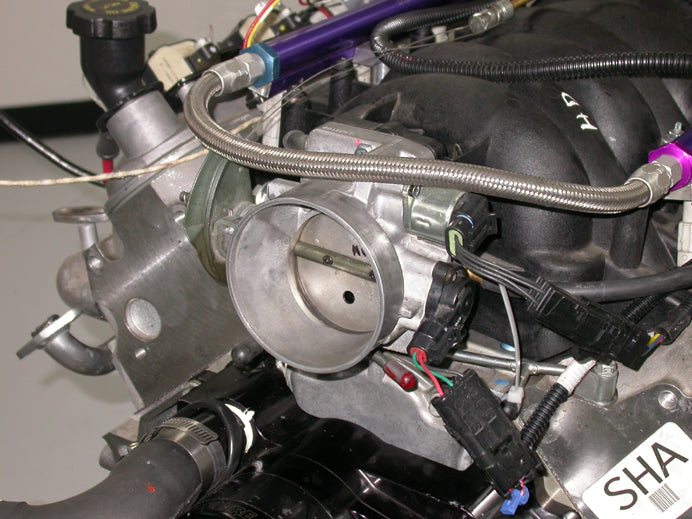
There is power to be had from replacing the stock 78-mm throttle body on your LS1—but don’t expect huge gains, especially if your engine is stock.
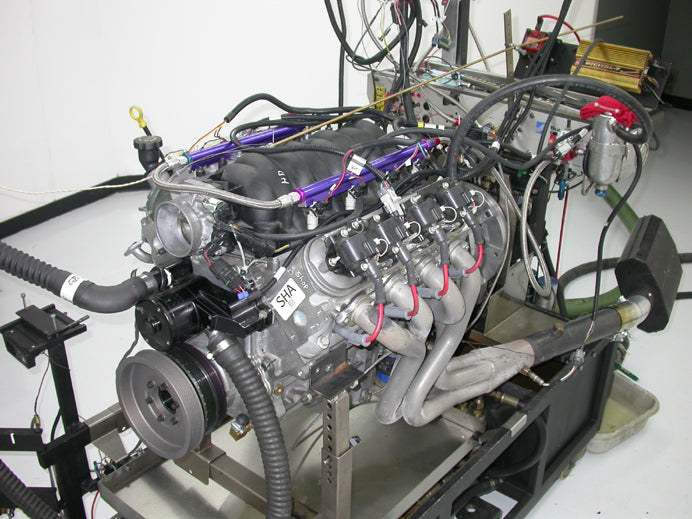
The GM Performance Parts LS1 test engine was equipped with a factory LS6 intake manifold, a Lunati Voodoo cam, and a set of Hooker long-tube headers.
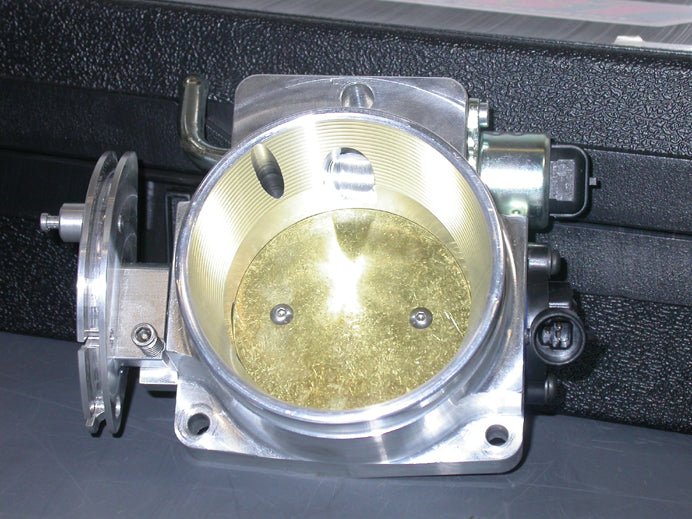
This is the 78-mm FAST throttle body. Its improved design increases airflow and power output. Note the lack of a sizable throttle shaft—less to get in the way of incoming airflow.
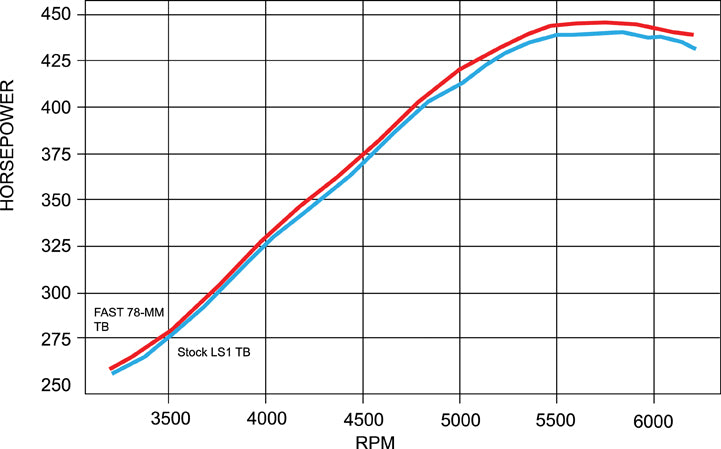
Stock LS1 TB: 442 hp @ 5,800 rpm
FAST 78-mm TB: 447 hp @ 5,800 rpm
Largest Gains: 7 hp @ 5,600 rpm
The FAST 78-mm throttle body improved the power output of the mildly modified LS1 by as much as 7 hp, with gains increasing with engine speed.
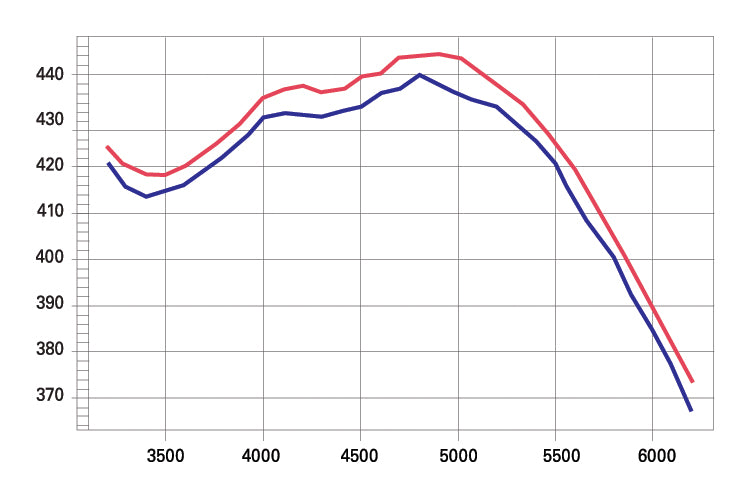
Stock LS1 TB: 440 ft-lbs @ 4,800 rpm
FAST TB: 445 ft-lbs @ 4,900 rpm
Largest Gains: 8 ft-lbs 5,000 rpm
The stock throttle body performs pretty well on mild stock engines, but it was never designed to feed the needs of high-horsepower Gen III engines. The FAST throttle body improved torque output by 5 ft-lbs at the peak, but by as much as 8 ft-lbs elsewhere.
Find more Tech Tips like this in the book: HOW TO BUILD HIGH-PERFORMANCE LS1/LS6 V-8S
Learn everything you need to know about LS1/LS6 V-8S by getting your copy here!
SHARE THIS ARTICLE: Please feel free to share this article on Facebook, in forums, or with any clubs you participate in. You can copy and paste this link to share: https://www.cartechbooks.com/blogs/techtips/ls-dyno
Test 3: LS6: LS1 vs. LS6 vs. FAST LSX Intake
So what’s the best intake for your LS6 or modified LS1? To find out, we gathered together an LS1, LS6, and FAST LSX intakes and subjected them to the rigors of the dyno. While you are unlikely to find any LS6 owners swapping out their factory intake for the lesser LS1 manifold, we decided to include the LS1 intake in this test on the LS6 engine just to illustrate the gains offered by the factory LS6 and FAST LSX intakes.
The test engine was an LS6 GM Performance Parts crate engine. Compared to the LS1, the LS6 featured higher compression, better cylinder heads, and a revised cam profile. We replaced the factory LS6 cam with a wilder XR275HR hydraulic roller from COMP Cams. We also ran an Accufab billet throttle body in place of the stocker. The modified LS6 was first run with the LS1 intake, where it produced 464 hp at 6,200 rpm and 446 ft-lbs of torque. Stepping up, the LS6 intake improved the power output to 470 hp at 6,400 rpm and 450 ft-lbs of torque at 4,900 rpm. Equipped with the FAST LSX intake, the modified LS6 produced 480 hp at 6,400 rpm and 455 ft-lbs of torque at 4,900 rpm. The LSX manifold design proved itself superior to both factory Gen III intakes, even on this mildly modified LS6 engine.

To ensure adequate breathing to all of the intakes on this LS6 engine, we replaced the factory throttle body with this billet unit from Accufab. The differences, including the lack of a sizable throttle plate and much smoother bore, are evident to the naked eye.

For this test, we ran the LS1, LS6, and LSX intakes on our modified LS6 engine. Intakes have long been one of the first modifications performed by LS1 and LS6 owners, and for good reason—see the dyno graphs for proof.
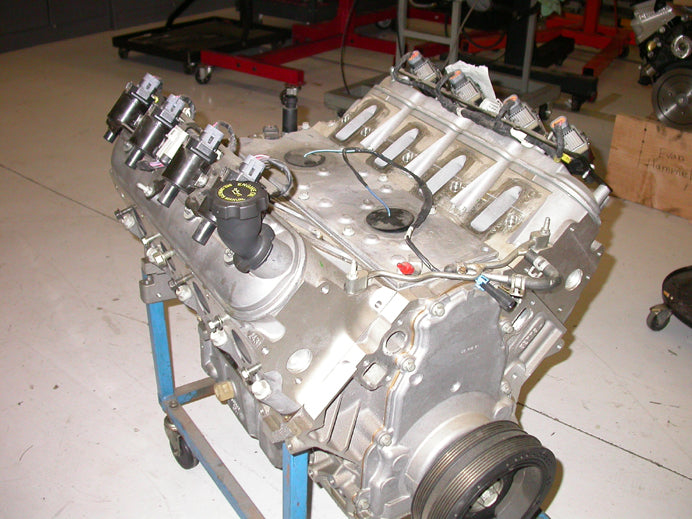
This trio of intakes was tested on an LS6 crate engine equipped with a COMP XR275HR cam and an Accufab billet throttle body. This combination is certainly not hard to recreate in your Camaro, Firebird, or Corvette.
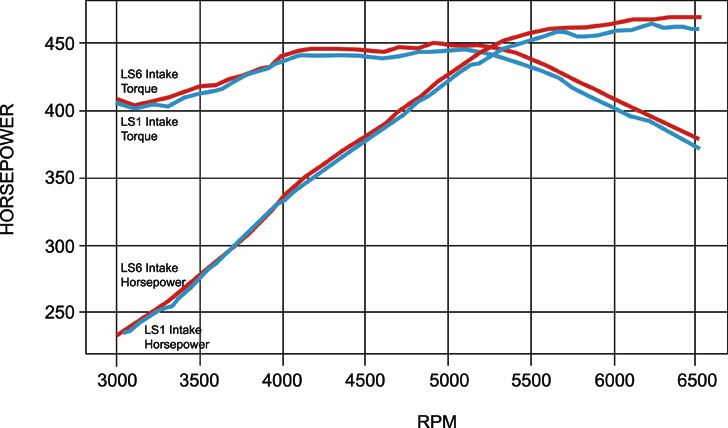
LS1 Intake vs. LS6 Intake
LS1 Intake: 464 hp @ 6,200 rpm & 446 ft-lbs 5,100 rpm
LS6 Intake: 470 hp @ 6,400 rpm & 450 ft-lbs at 4,900 rpm
Largest Gains: 14 hp @ 5,800 rpm & 13 ft-lbs 5,800 rpm
Not surprisingly, the factory LS6 intake easily out-powered the LS1 intake on this mildly modified LS6 crate engine. Most of the LS6 intake’s power gains occurred past 4,500 rpm, though there was no loss in low speed power compared to the LS1 intake.
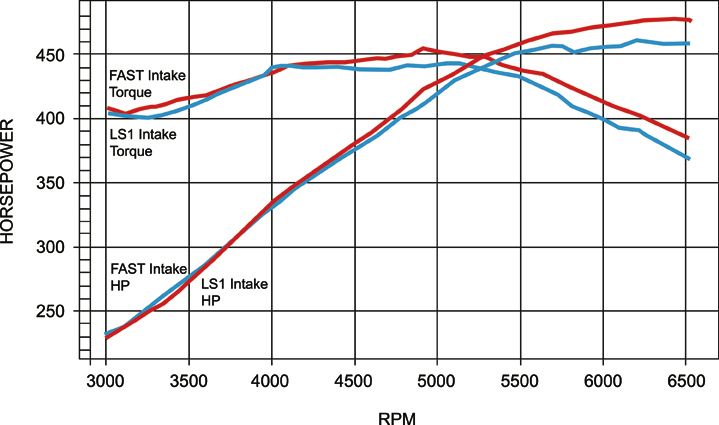
LS1 Intake vs. FAST LSX Intake
LS1 Intake: 464 hp @ 6,200 rpm & 446 ft-lbs @ 5,100 rpm
FAST Intake: 480 hp @ 6,400 rpm & 455 ft-lbs @ 4,900 rpm
Largest Gains: 20 hp @ 6,000 rpm & 18 ft-lbs 6,000 rpm
The LSX proved to be the most powerful intake design, bettering both the factory LS1 and LS6 offerings on this modified LS6 crate engine. The LS6 produced 480 hp and 455 ft-lbs of torque with the LSX, a gain of 20 hp over the stock LS1 intake.


